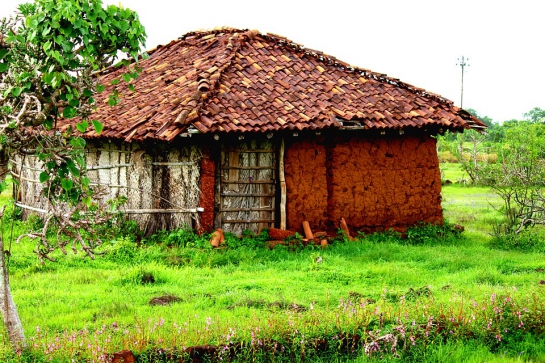
SƠ LƯỢC VỀ LỊCH SỬ CÁCH NHIỆT – THE HISTORY OF THERMAL INSULATION
|
|
|
|
Lịch sử của vật liệu cách nhiệt không quá dài so với các vật liệu khác nhưng con người đã nhận thức được tầm quan trọng của vật liệu cách nhiệt từ lâu. Vào thời tiền sử, con người bắt đầu hoạt động làm nơi trú ẩn chống lại động vật hoang dã và thời tiết khắc nghiệt, con người bắt đầu khám phá vật liệu cách nhiệt. The history of thermal insulation is not so long compared with other materials, but human beings have been aware of the importance of insulation for a long time. In the prehistoric time, human beings began their activity of making shelters against wild animals and heavy weather, human beings started their exploration of thermal insulation. |
Những vật liệu này lần đầu tiên được sử dụng làm vật liệu may mặc, vì nơi ở của họ chỉ là tạm thời, họ có xu hướng sử dụng những vật liệu họ sử dụng để làm quần áo, những chất liệu dễ kiếm và chế biến. Vật liệu của lông động vật và sản phẩm thực vật có thể giữ một lượng lớn không khí giữa các phân tử, tạo ra một khoang không khí để giảm sự trao đổi nhiệt. These materials were first used as clothing materials, because of their dwellings were temporary, they were more likely to use the materials they used in clothing, which were easy to obtain and process. The materials of animal furs and plant products can hold a large amount of air between molecules which can create an air cavity to reduce the heat exchange. |
Nguồn: https://insulationgo.co.uk/the-history-of-thermal-insulation/
BẢNG LỊCH SỬ PHÁT TRIỂN CỦA VẬT LIỆU CÁCH NHIỆT – TABLE OUTLINING OF THE HISTORICAL DEVELOPMENT OF THERMAL INSULATION MATERIALS
|
Era / Thời đại / thời kỳ |
Historical context Bối cảnh lịch sử |
Insulation Material Vật liệu cách nhiệt
|
|
|
2.5m – 7000BC |
Nomadie Du mục |
Clothing needs Nhu cầu quần áo |
Skin, fur, wool Da, lông, len |
|
7000BC - 1870 |
Settled Định cư |
Durability needs Nhu cầu về độ bền |
Eatth, wood, bricks, straw Đất, gỗ, gạch ,len |
|
1870 - 1950 |
Industrial Công nghiệp |
Natural insulation products Sản phẩm cách nhiệt tự nhiên |
Reed, cork, wood fiber, flax Cây sậy, vỏ cây, sợi gỗ, lanh |
|
Development of bricklaying Phát triển ngành gạch |
Ash-filled bricks, hollow bricks; Gạch chứa tron, gạch rỗng |
||
|
Introduction of Synthetics Vật liệu tổng hợp |
Asbestos, fiberglass, foam glass; Amiang, sợi thủy tinh, thủy tinh xốp |
||
|
1950 - 2000 |
Plastic Nhựa |
Natural products disappear Sản phẩm tự nhiên biến mất |
Polystyren (Polystyrene) (C₈H₈)ₙ , polyurethane |
|
2000 - present |
Climate aware Nhận thức về khí hậu |
Natural insulation revival Sự hồi sinh của cách nhiệt tự nhiên |
Wood fiber, cork, straw bale etc Sợi gỗ, vỏ cây, rơm |
|
Plastic & mineral dominate Nhựa và khoáng sản chiếm ưu thế |
XPS, EPS, PIR/PUR, mineral wool Xốp, Bông khoáng |
||
|
Product innovation Đổi mới sản phẩm |
Nano-materials Vật liệu Nano |
||
Nguồn: https://www.parliament.uk/